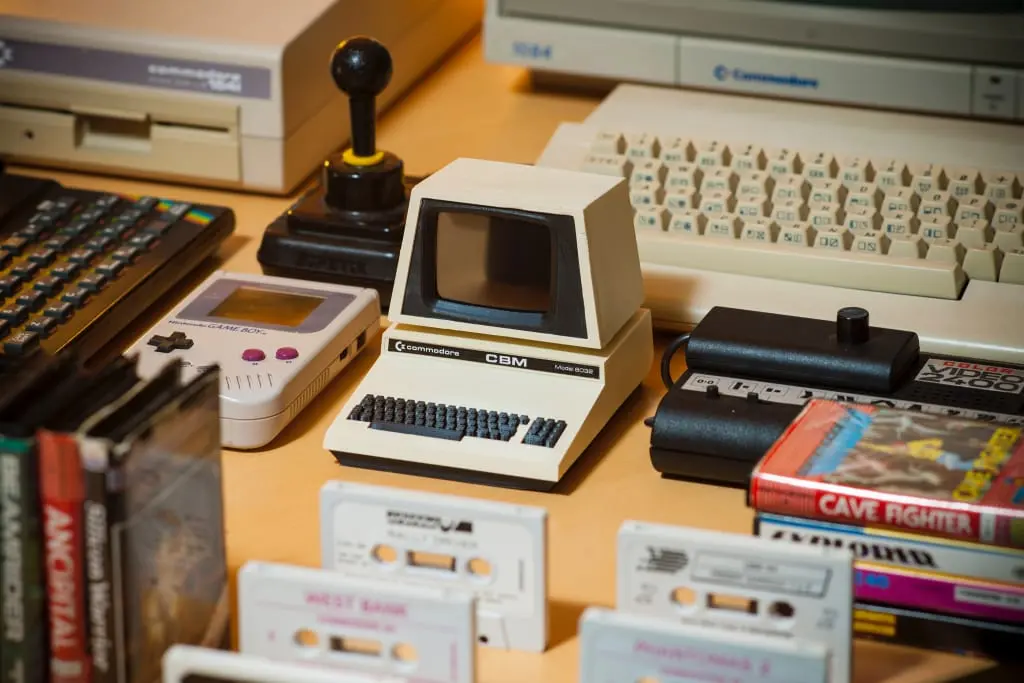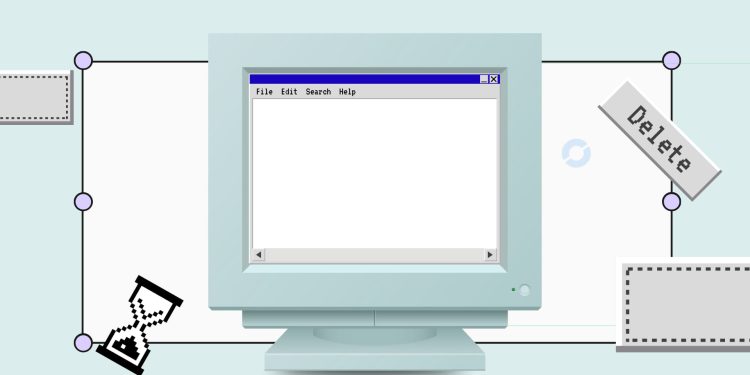The internet used to feel infinite, messy forums, unpredictable debates, rabbit holes that started with curiosity and ended in community. In 2025, it feels smaller, flatter, and eerily predictable. The “dead internet theory” is no longer fringe; it’s a mood. And it’s shaping how we scroll, search, and remember.
When discovery felt real
There was a time when finding something online felt like an act of exploration, stumbling onto a niche blog, an unpolished video, or a heated forum thread. Today’s platforms don’t leave room for accidents. Feeds are tuned to repeat what you’ve already engaged with, and “search” now feels more like confirmation than curiosity.
The rise of formula content
Whether it’s a YouTube thumbnail, a TikTok hook, or a LinkedIn thought post, content now follows templates, optimized for clicks, shares, and watch time. This industrialization of creativity makes every scroll feel like déjà vu. The internet hasn’t just been monetized; it’s been standardized.
AI as the new ghostwriter of culture
Generative AI has supercharged the replication cycle. A single successful post format can be cloned infinitely, not by inspired creators, but by automated systems trained to mimic the surface without living the substance. The result? More content than ever, but fewer ideas that feel alive.
Nostalgia as resistance
Communities are quietly rebelling by seeking out old web relics, archived threads, retro site designs, even IRC-style chatrooms. This isn’t just vintage fetishism; it’s a hunger for friction, imperfection, and unpredictability. In a sanitized internet, rough edges feel radical.
Why this matters for brands and media
A feed saturated with formula content creates an opportunity: the rare post that feels human cuts through instantly. Brands and creators who can reintroduce risk, vulnerability, and true originality will win not because they’re louder, but because they feel real. In the dead internet, authenticity is the last living resource.















